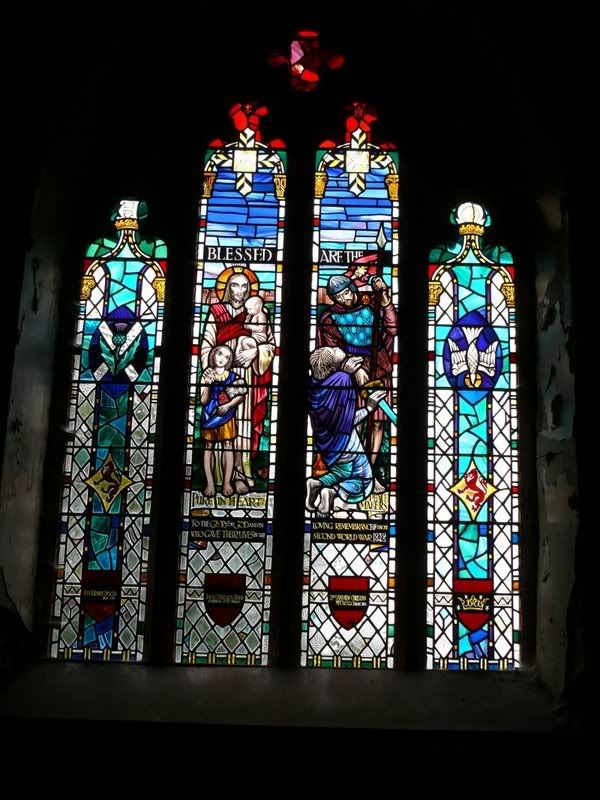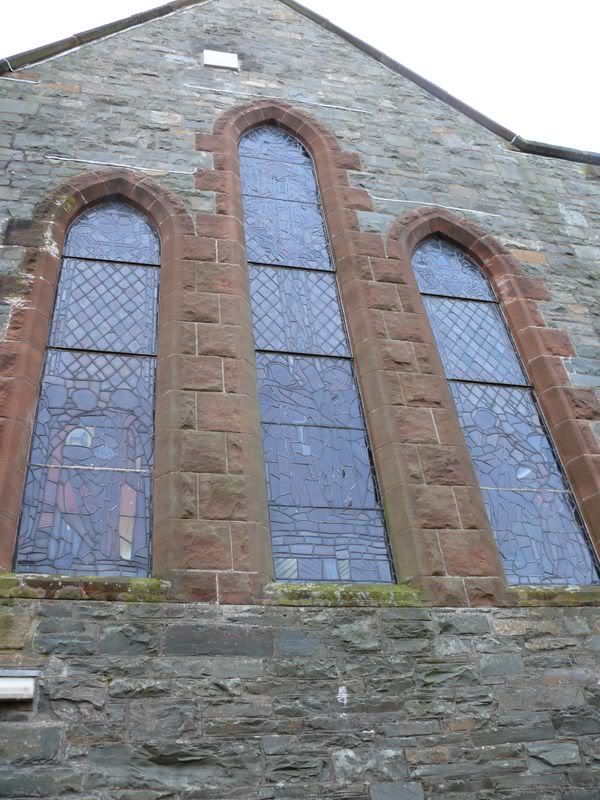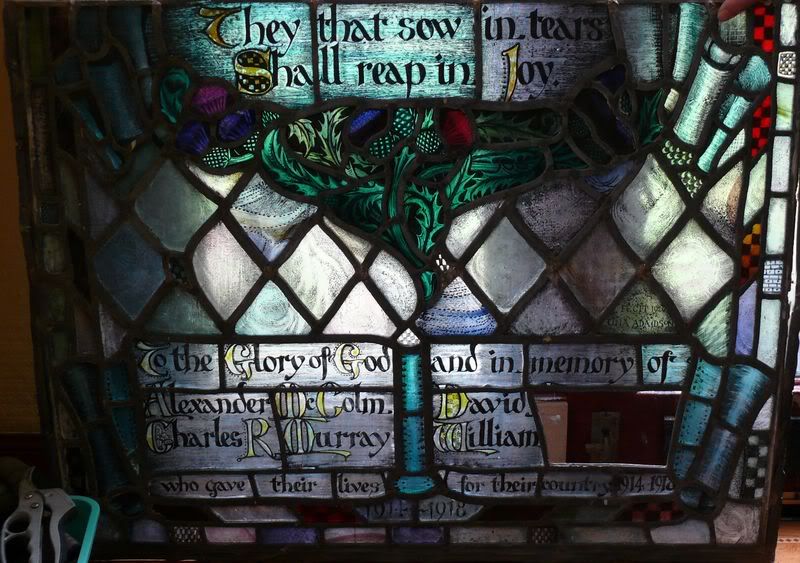It's been a while since we took a look at one of Scotland's military museums, so on Monday I took the opportunity of a day off work to visit the museum of the Royal Highland Fusiliers, situated at the top of Sauchiehall Street in Glasgow.
I've visited the museum on many occasions, but on this particular day it seemed I took a little more time around the exhibits, looking at the displays with fresh eyes.
If you've never visited the museum, then you're in for a treat. It's a veritable treasure trove of artefacts from both the Highland Light Infantry and the Royal Scots Fusiliers spanning several hundred years.
The layout stretches over two floors, with the ground floor covering the regiments from their formation up until the outbreak of the First World War, with displays for India, Africa and other parts of the world where colonial campaigns were fought.
The ground floor also features displays for the volunteers and militia, the pipe bands and other musicians, as well as displays of uniform and medals.
The upper floor covers the two World Wars in great detail, with imaginatively laid out displays.
The First World War section is particularly fascinating - it contains many items, a lot of them unique.
The Second World War section is no less interesting, and both the war in Europe and the Far East have a large number of items on display.
The Second World War display then leads on to the final displays covering the RHF from amalgamation to the present day.
The final section is a little disappointing, as it is almost sidelined in a small alcove - another minor grump is that one of the displays is empty, with a sign stating that this display will cover the regiment since its merging in to the Royal Regiment of Scotland. That sign has been there for some time - hopefully the display will be filled fairly soon.
There are plenty of fascinating items to see here, and it's well worth giving yourself plenty of time to take it all in. We plan to feature a number of the items in the museum in our "object of the month" feature in the coming months.
Finally, for the researchers amongst you the museum contains a well-stocked library which is definitely worth visiting. I can testify to discovering many fascinating records in my time there.
The museum also holds one "hidden" aspect.For those of you with an interest in Glasgow design, this museum is a must visit as the interior was designed by Charles Rennie Mackintosh. Many of the design features he created can still be seen, particularly in the metal work around the lift shaft.
 |
| Mackintosh designed decorative work on the lift shaft. |
So if you're visiting Glasgow, make a point of seeing the RHF museum. It really is a hidden gem in the city. More people deserve to know about it.
For more information on the museum, as well as opening hours and a link to their online shop, visit their website at
www.rhf.org.uk




























